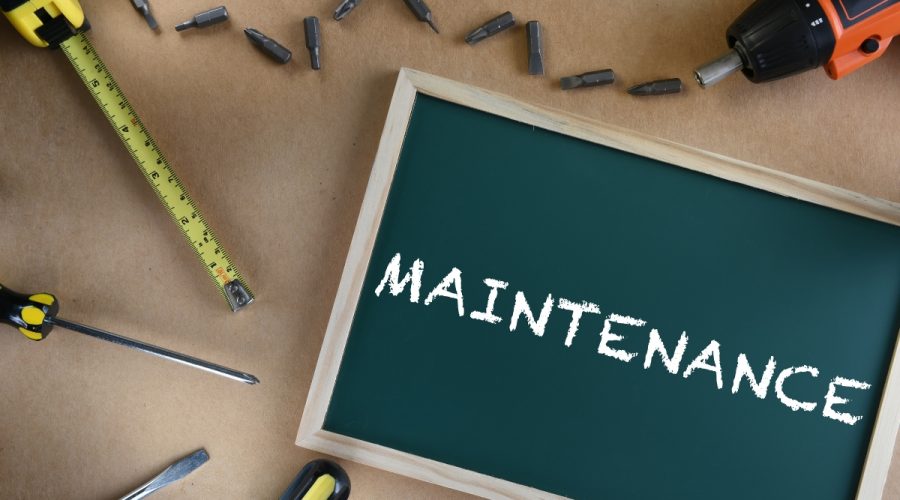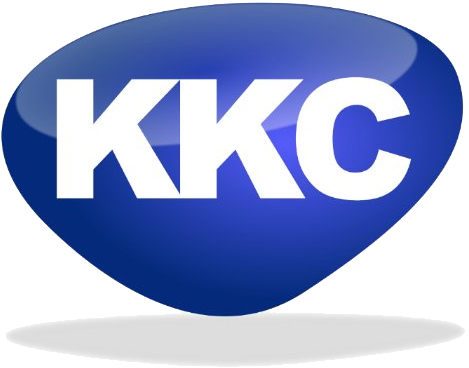A common confusion when maintaining a building is the difference between preventative and scheduled maintenance. This article highlights the core features to help facilities managers plan work to match the property requirements.
Reactive repair work is generally the most expensive option. Emergencies are always best avoided – especially for essential facilities and features such as a roof. A preventative and scheduled maintenance program is preferable to prevent reactive repairs to property features.
Scheduled maintenance to prevent wear and tear:
Scheduled maintenance – to prevent wear and tear – is repair work undertaken after a set time. Core parts are replaced to reduce unavoidable effects caused by ageing or environmental factors. For example, harsh weather and intense sunlight across the seasons can all have an impact.
Durable and long-lasting maintenance improves property conditions to avoid issues from arising. The feature of scheduled maintenance is timing. Carrying out inspections and maintenance work on a prearranged schedule or calendar is scheduled maintenance.
Preventative maintenance to prevent an issue:
Preventative maintenance – to prevent an issue – is based on expert inspection and analysis of components and parts. Conducting inspections allows each piece to be reviewed separately. Drawing up a preventative maintenance plan starts with up-to-date status reports.
Forecast reporting helps with planning localised repairs that can prevent problems from occurring in the first place. For example, every aspect of roof repairs is inspected separately to draw up specific preventative maintenance based on the condition of timbers, tiles, pipework etc. The preventive maintenance report will include estimates about how long the roof will be weatherproof before issues arise.
What are the key differences?
The key differences make preventative maintenance especially useful for more complex work. However, preventive care requires inspectors to have a greater level of skills to forecast maintenance issues. Finding potential problems ahead of time and developing a plan to address them requires experience and expertise.
Scheduled maintenance is more straightforward for a junior team, as it doesn’t require forecasting. The interval between scheduled maintenance works is usually set in advance and recommended by manufacturers or experienced managers.
Maintaining items classed as integral part to the property is vital to keeping priority equipment in tip-top condition. When maintenance is only carried out when an issue emerges, it is generally time critical and, therefore, far more costly. Preventative and scheduled maintenance is preferable to an alternative such as run-to-failure.
To learn more about the value of preventative and scheduled maintenance, contact our team of experts who are more than happy to help.





